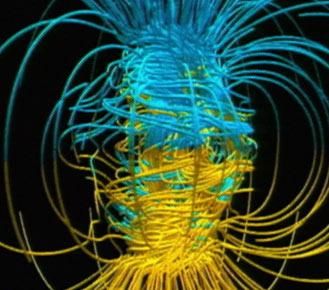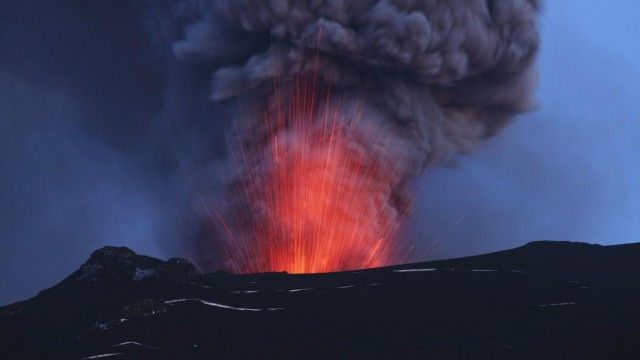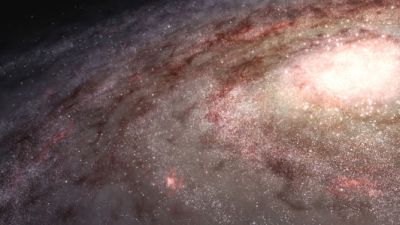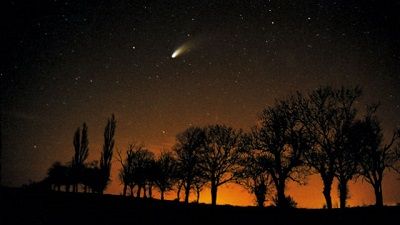The BEST episodes directed by Duncan Copp
#1 - Hitler's Sunken Secret
NOVA - Season 32 - Episode 12
One of the most daring clandestine operations of World War II was the 1944 sinking of the Norwegian ferry Hydro with its cargo of "heavy water" destined for the Nazis' secret atomic bomb project. Although the mission was declared a success, no one ever established if the special shipment was actually on board. In this program, NOVA descends 1,300 feet beneath a remote Norwegian lake to find the answer.
#2 - Dimming The Sun
NOVA - Season 33 - Episode 10
Everyone has heard of global warming, but a lesser-known man-made phenomenon has been nearly as powerful at affecting Earth's climate. A look at global dimming, created by soot and pollution reflecting the sun's rays and surprisingly helping to offset global warming's catastrophic advance.

#3 - Secrets of the Sun
NOVA - Season 39 - Episode 11
It contains 99.9 percent of all the matter in our solar system and sheds hot plasma at nearly a million miles an hour. The temperature at its core is a staggering 27 million degrees Fahrenheit. It convulses, it blazes, it sings. You know it as the sun. Scientists know it as one of the most amazing physics laboratories in the universe. Now, with the help of new spacecraft and Earth-based telescopes, scientists are seeing the sun as they never have before and even recreating what happens at its very center in labs here on Earth. Their work will help us understand aspects of the sun that have puzzled scientists for decades. But more critically, it may help us predict and track solar storms that have the power to zap our power grid, shut down telecommunications, and ground global air travel for days, weeks, or even longer. Such storms have happened before—but never in the modern era of satellite communication. "Secrets of the Sun" reveals a bright new dawn in our understanding of our nearest star—one that might help keep our planet from going dark.

#4 - Magnetic Storm
NOVA - Season 30 - Episode 16
Is the magnetic field protecting Earth from deadly radiation about to reverse direction or even dissapear?

#5 - Doomsday Volcanoes
NOVA - Season 40 - Episode 1
In April, 2010 the eruption of Iceland's Eyjafjallajökull volcano turned much of Europe into an ash-strewn no-fly zone, stranding millions of travelers. But was Eyjafjallajökull just the start? Now, an even more threatening Icelandic volcano, Katla, has begun to swell and grumble. Two more giants, Hekla and Laki, could erupt without warning. Iceland is a ticking time bomb: When it blows, the consequences could be global. As CGI takes us inside these geological monsters, we meet atmospheric scientists who are working to understand just how devastating an eruption could be—not just for air travel but for the global food supply and for Earth's climate. Could we be plunged into years of cold and famine? What can we do to prepare for the disaster to come?

#6 - Neil Armstrong- First Man on the Moon
BBC Documentaries - Season 2012 - Episode 245
Neil Armstrong's family and friends, many of whom have never spoken publicly before, tell the story of the first man to set foot on the moon. Drawing heavily on unbroadcast archive footage and the unique perspectives of the contributors, this is an exclusive account of Neil Armstrong's extraordinary life story. From his childhood during America's Great Depression to the heady days of the space programme, his historic first step on the Moon and his famously private later life. Seen through the eyes of those who were with him, discover the man behind the myth, a man who was very much a product of his time. The film focuses goes beyond his days as an astronaut and shows that his life after the flight of Apollo 11 was, in many ways equally challenging, as Armstrong came to terms with life outside of NASA and the relentless demands of fame until his death in August 2012. From the producers of 'In the Shadow of the Moon'. Featuring interviews with Armstrong's first wife Janet, their two sons, Rick and Mark, Neil's brother and sister Dean and June, his best friend Kotcho Solacoff and second wife Carol. Fellow astronauts Mike Collins, Buzz Aldrin, Charlie Duke and Dave Scott also feature in this revealing biopic.

#7 - Inside the Milky Way
National Geographic Documentaries - Season 2010 - Episode 41
Inside the Milky Way takes viewers on an astounding journey across 100,000 light-years to witness key moments in the history of the Milky Way. Using the latest science, NGC constructs a 3-D state-of-the-art CGI model of our galaxy. We'll peer into the heart of the Milky Way on the hunt for super-massive black holes, watch how stars are born and die, fly out and above the plane of our galaxy to understand its true shape and scour its dusty spiral arms for the possibility of life. AKA Journey through the Milky Way

#8 - Comet Encounter - ISON's Brush with the Sun
PBS Specials - Season 2013 - Episode 42
Comets have fascinated, even terrified us for thousands of years. For scientists though, comets are a great opportunity. This year, 2013, a particularly massive chunk of ice and rock is coming our way, an object that will fascinate billions and should create the space show of the century. Right now Comet ISON, somewhere between one and 10 kilometers in diameter, is just beyond the orbit of Jupiter. As it races past us toward the sun it should develop a tail that will light up the skies brighter than a full moon. Then the comet will slingshot around the back of the sun and could emerge brighter than ever, treating the entire northern hemisphere to an unforgettable sight. In this program, scientists all over the world follow a once-in-a-lifetime event and shoot breathtaking images, spewing its essence into the void. But there is jeopardy too; the comet could evaporate completely or the sun's massive gravity could tear it apart. If the latter happens it will produce a so-called "string of pearls," several much smaller comets arching right across the night sky.